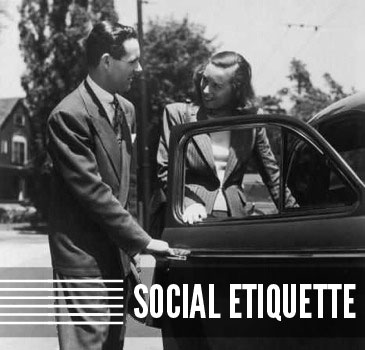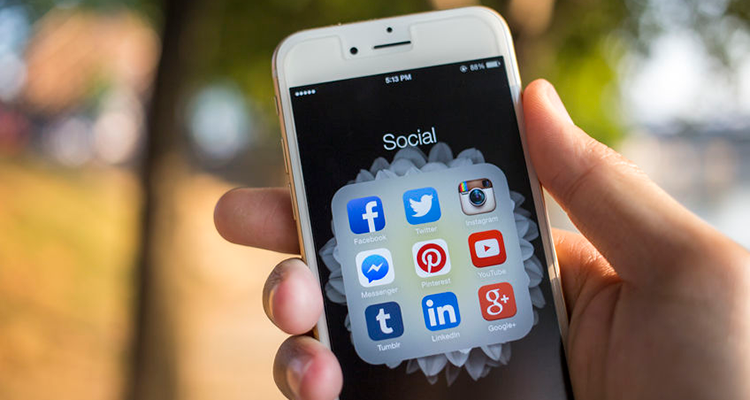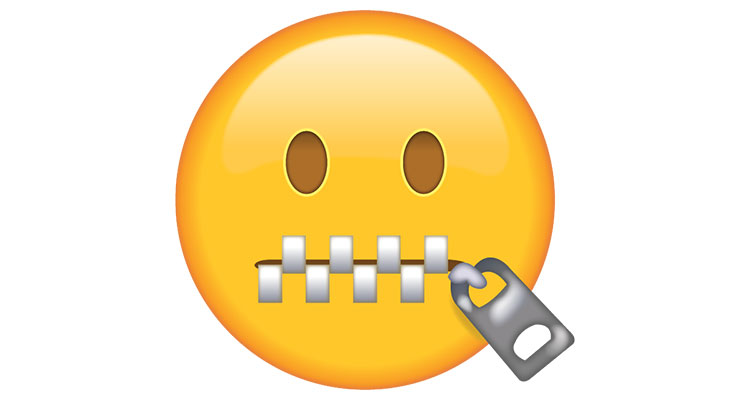Twittiquette: 5 Rules Every Twitter User Should Know
 I will start by saying I was dragged reluctantly kicking and screaming into the Twitter-verse about 5 years ago. I had no time or inclination to tweet, post, share, pin, or instagram anything whatsoever. Only some inside baseball on how social media affects SEO changed my mind, as I was helping launch a new division of an AV company at the time, and every little bit of extra help was more than welcome.
I will start by saying I was dragged reluctantly kicking and screaming into the Twitter-verse about 5 years ago. I had no time or inclination to tweet, post, share, pin, or instagram anything whatsoever. Only some inside baseball on how social media affects SEO changed my mind, as I was helping launch a new division of an AV company at the time, and every little bit of extra help was more than welcome.
Over 5,000 tweets later, I can’t imagine business without Twitter.
But the road wasn’t always smooth. I made some errors along the way and I have seen others commit a few as well. So it is in the spirit of learning and sharing that I offer up some rules that I have either learned the hard way myself or seen others stumble through.
Rule #1: Know When to Use Modified Tweet, “MT”.
There is nothing people hate more than being misquoted or having something they never said attributed to them.
I remember seeing a post on Twitter by @ravepubs one day a couple years back that I disagreed with. I hit the Re-Tweet button to share it and added some commentary to the statement of my own. Huge mistake.
I was quickly taken to task, as the Re-Tweet (RT) designation should never be used if you are fundamentally changing the intent of the original Tweet. I was told I should have used the MT designation.
I had never intended to attribute my snark to someone else, (why would I give that away?), but I stepped on some toes by not knowing the rules.
If you change the intent of the original Tweet, always use MT and not RT.
Rule #2: Stay Engaged
Twitter is a Social Media site. Hence it is not always a vehicle for one-way communication. There is a “reply” button built into Twitter for a reason. It allows those who read what you say an opportunity to engage with you on the subject at hand.
Be conscious of responding to questions, answering criticisms, and to creating opportunities for engagement with others.
Twitter is not a place for your most well thought out soliloquies.
Rather, it is a place to share and contribute to a larger community and audience. You never know who you may up creating a working relationship with because you decided to be present and open to conversation.
Rule #3: Know When to Take Your Conversation Off-Line
Twitter can be a valuable way to share things you’re doing with industry peers or to crowd source valuable information. It can also be a way to have a discussion 140 characters at a time. There is a catch however. You have to know when to take your conversation OFF of Twitter.
I made this mistake earlier this year. I wrote a blog that another #AVTweep disagreed with and some conversation online ensued. We were only talking to each other, but of course our followers were able to see the discussion in their feeds. I should have known that with over 900 people following my feed, there were bound to be a few that would get annoyed with seeing the conversation.
There were.
It can be awkward to sit and watch two people argue whether virtually or in person, even if they do it respectfully.
You do want to respond and stay engaged on Twitter, it is Social Media after all, but there is a point when the conversation gets too long and should be taken to another forum. I crossed that line once, but will do my best to never do that again.
Rule #4: Don’t @ Mention People Not Involved in the Subject at Hand
So, you come up with some great content and you think all you need is a little boost from someone with the right connections to tip the scale, so you do it. You create a post and @ mention that special someone hoping that they will come in and RT or comment on your post, giving you the credibility you so desperately want.
This never works if you don’t already have some sort of relationship with the person you are trying to engage. All you end up doing is annoying the very person you are trying to win over.
It’s OK to @ mention someone who is relevant to the topic at hand, especially if you are promoting them or something they have done or posted, or you have referenced them in your writing, etc. But just blindly @ mentioning people because they have an audience you want to reach is bad form.
Rule #5: Stop Selling
I get it. We all have businesses to support and goals to reach. However, if you carry that Always Be Closing mentality into your social life, even your on-line Social Media life, you are bound to have problems. Every tweet does not need to include a link to your businesses website. Not every post needs to be about how wonderful you are or should be soliciting business. It’s not only bad form, its annoying.
There are other ways to encourage people to contact you. Sharing data, inside info, and relevant experiences can all help to establish you as a subject matter expert. Once you establish that, people will find you. You don’t have to ask them to.
I guarantee you, when people want a futurist they find Ray Kurzweil and if they want to debate the universe they find Stephen Hawking. Neither one of them has to constantly be throwing out their web address on Twitter under 18 different handles for people to connect with them.
If you offer value, people will come to you.
Bonus Tip:
I’ll tell you the worst possible combination of rule breaking here can be violating rules 4 and 5 together. It’s like walking down the street and hearing a familiar voice shout your name. You turn hopeful to see an old friend, and instead, there is Ned Ryerson trying to sell you life insurance.
Don’t be Ned.
We all make mistakes and as such, if you have made some of these mistakes, all is not lost. People love redemption. Take advantage of second chances and apply the rules above.
Twitter can be an amazing tool. You can use it as a great way to connect, to converse, and to get info.
Or…
You can end up offending and annoying those you wish to create relationships with because you decided to ignore all the rules and be a Twittiot.






